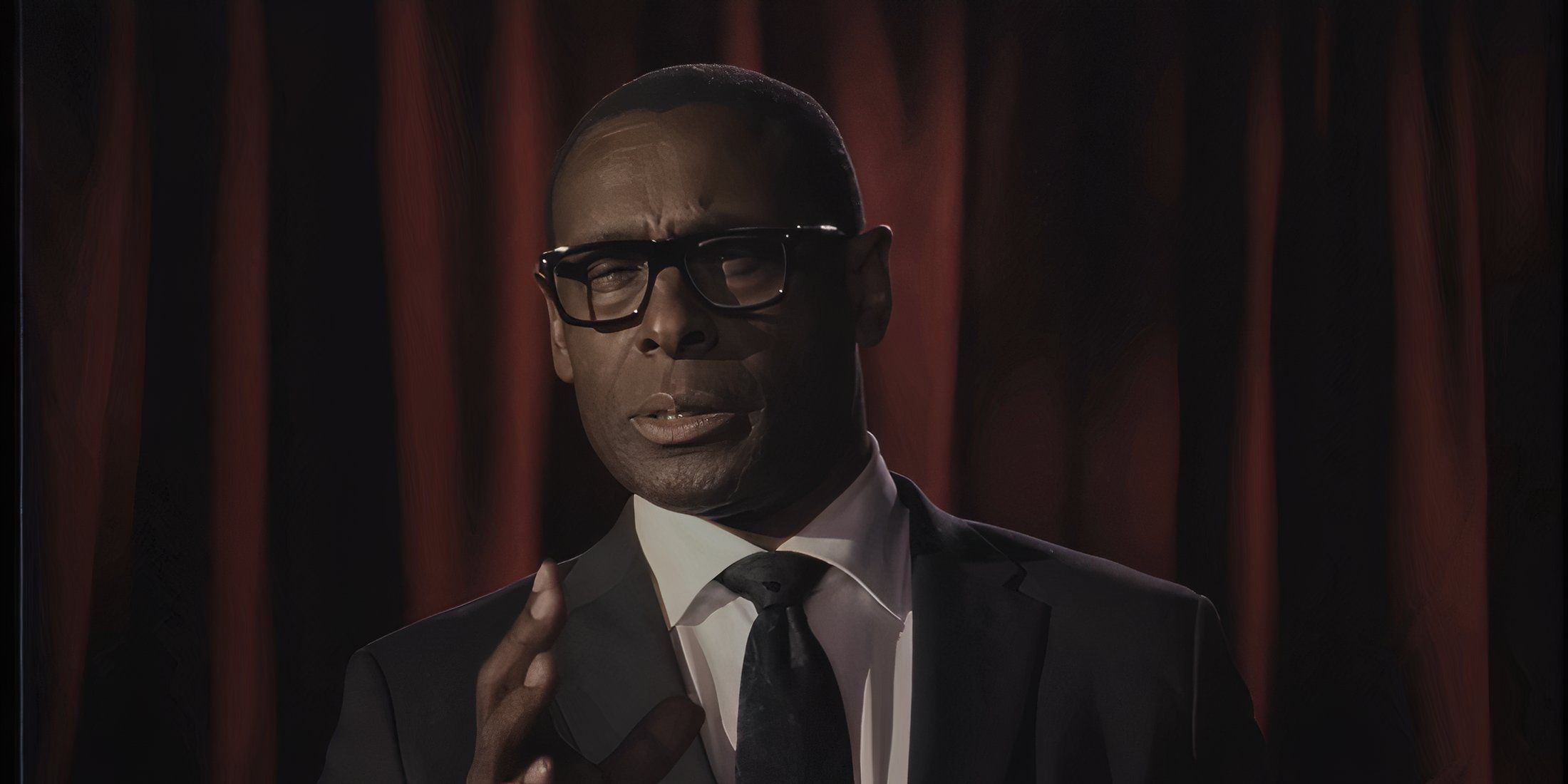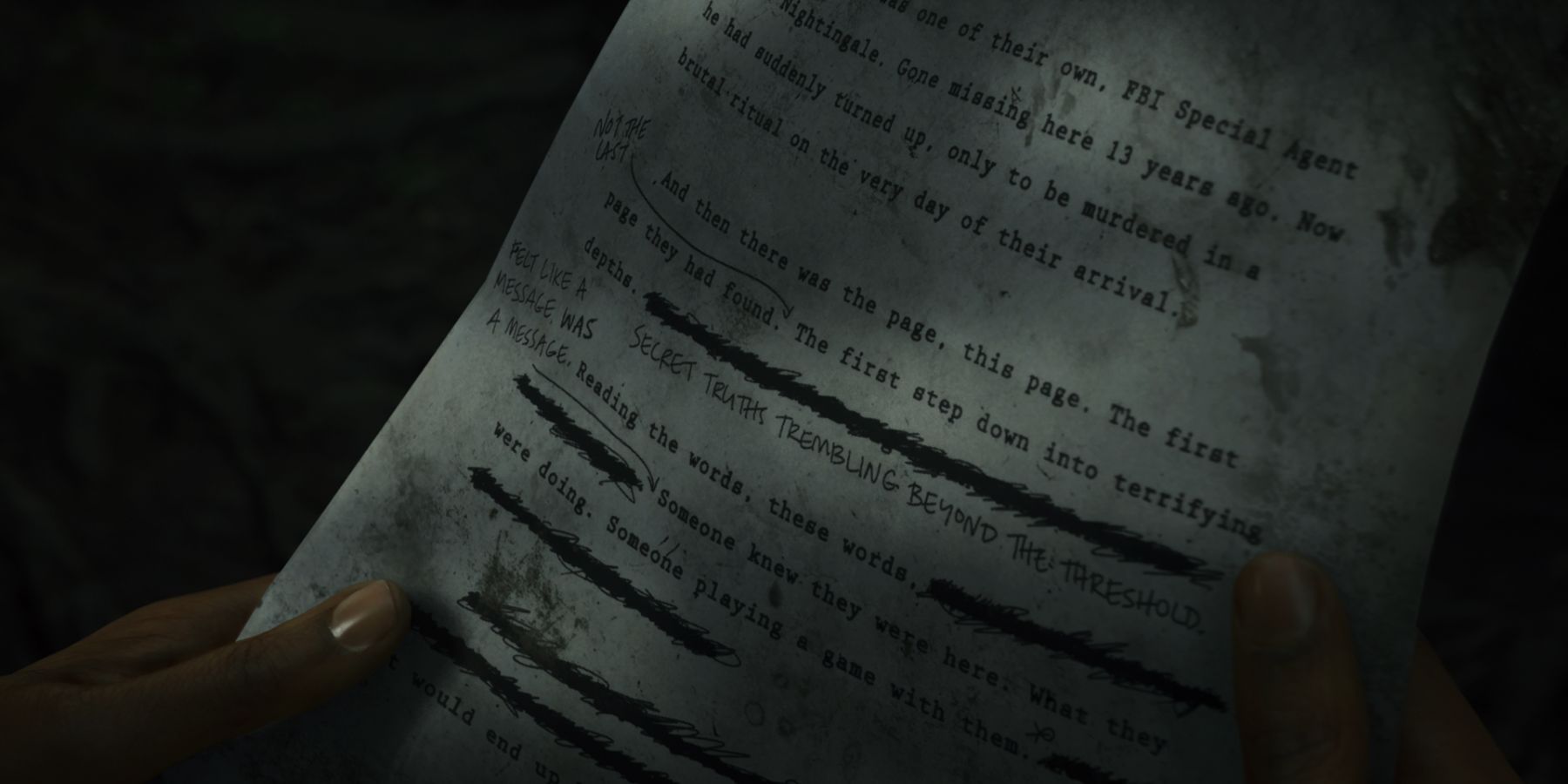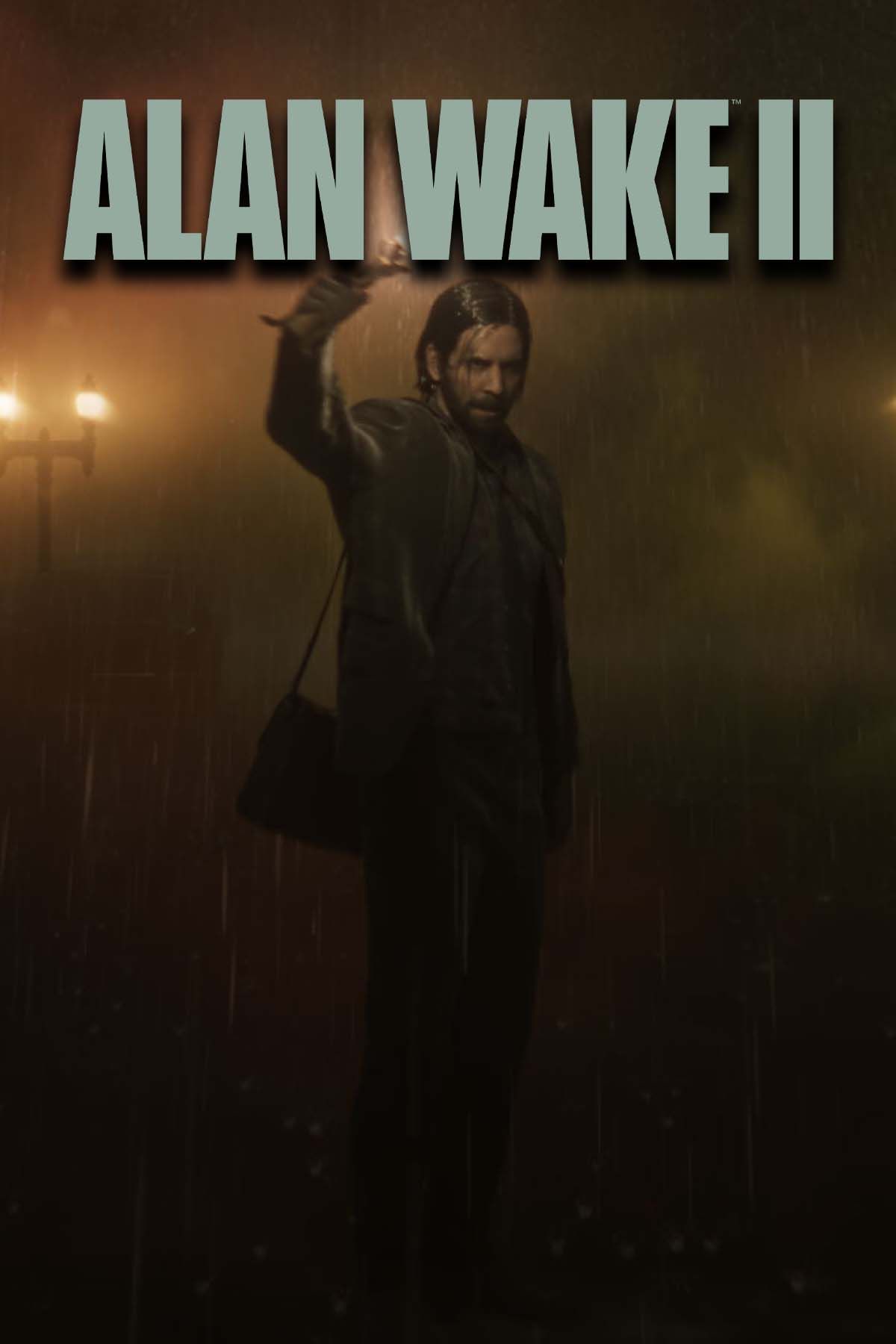Highlights
- Alan Wake 2 maintains the horror elements of its predecessor but arguably doesn't offer anything significantly scarier, even though the original is labeled as action-adventure.
- The game heavily markets itself as a survival-horror game, but it mostly relies on familiar horror tropes and mechanics from the original Alan Wake.
- While the game has a cult aesthetic, jump scares, and gore, it misses the opportunity to dive deeper into truly frightening experiences.
Going into Alan Wake 2 it was always a given that Remedy would instill its signature brand of live-action and surrealism into gameplay. Taking a look at everything Remedy has achieved since the original Alan Wake made these features patternable and it was no longer a question of if they would be woven into Alan Wake 2, but how. Rather, what was meant to be a massive selling point of the sequel was that it would be a survival-horror game as opposed to an action-adventure game.
This was exciting for multiple reasons, especially considering how the original already lent itself perfectly to a survival-horror story with many of the same tropes on display. It’s arguable that the first game was more of a bizarre, supernatural thriller leaning heavily into Twin Peaks inspirations, but the same could still be said about the sequel. Therefore, while it is a survival-horror game, it doesn’t seem to achieve a different brand of horror than its predecessor did, which was already impressively scary.
Alan Wake 2 is Hardly Any Scarier Than the First Game
Alan Wake 2 was Heavily Marketed as Remedy’s First Survival-Horror Game
Besides frequent jump scares that occur as the same flashes of angry, screaming faces, there isn’t much to Alan Wake 2’s horror that the original did not already possess. The first game had the same enemy ambushes that encouraged players to sprint toward Safe Haven beacons of light and even made environmental light sources a way to combat enemies in most instances.
Murders of shadowy crows were a horrifying enemy type supplanted by wolves in the sequel, and although wolves are definitely cunning in how they sneak up to players the crows take the cake in being a pestering nuisance. It’s unfortunate, then, that Remedy didn’t take this sequel as an opportunity to truly be terrifying in substantial ways. It hit the right notes when it comes to survival-horror as a genre by taking a lot of inspiration from Resident Evil with regard to puzzles and inventory management, but almost all other mechanics it has come from the original Alan Wake.
Alan Wake 2 Could’ve Afforded to Dive Deeper into the Dark Place’s Horror
The sequel is much gorier, and its cult aesthetic certainly helped maintain a horror atmosphere—the opening of the game and its following crime scene investigations are superbly representative of horror, for example. However, the cult turns out to be a group in Bright Falls that is actually defending the town against the Dark Presence, which takes away from that initial horror tone once learned.
Alan himself states that the story written needs to be in the horror genre and with this loose guideline resembling a rule for the Dark Place’s realm it would’ve been exciting to see Remedy throw itself into something much more frightening that its protagonists must confront. Alan’s sequences are oriented around him connecting plot points to scenes, and while they do become more macabre as certain scenes progress they’re never as gruesome as when players explore the subway and the Oceanview Hotel.
Alan Wake is Not Bound to Horror
Moreover, it’s difficult to saliently argue that Alan Wake 2 is fully horrifying when it has a ~15-minute musical number that swiftly cuts away any tension that previous scenes might have accumulated. There’s also nothing stopping Alan Wake 3 from switching its genre now.
There’s nothing wrong with the way the sequel presents itself regardless, but between both Alan Wake games there is hardly a definitive distinction in how the sequel dishes out its own horror.
If Remedy wanted, it could say that the Dark Presence is rewriting Alan’s manuscripts to turn them into any genre imaginable—its popular musical number could lead to a whimsical musical genre if Remedy was so inclined—and stray even further away from horror. Alan Wake was surprisingly not considered a horror game while Alan Wake 2 apparently is, and a third entry taking on a different genre could be refreshing for the zany franchise.





